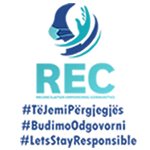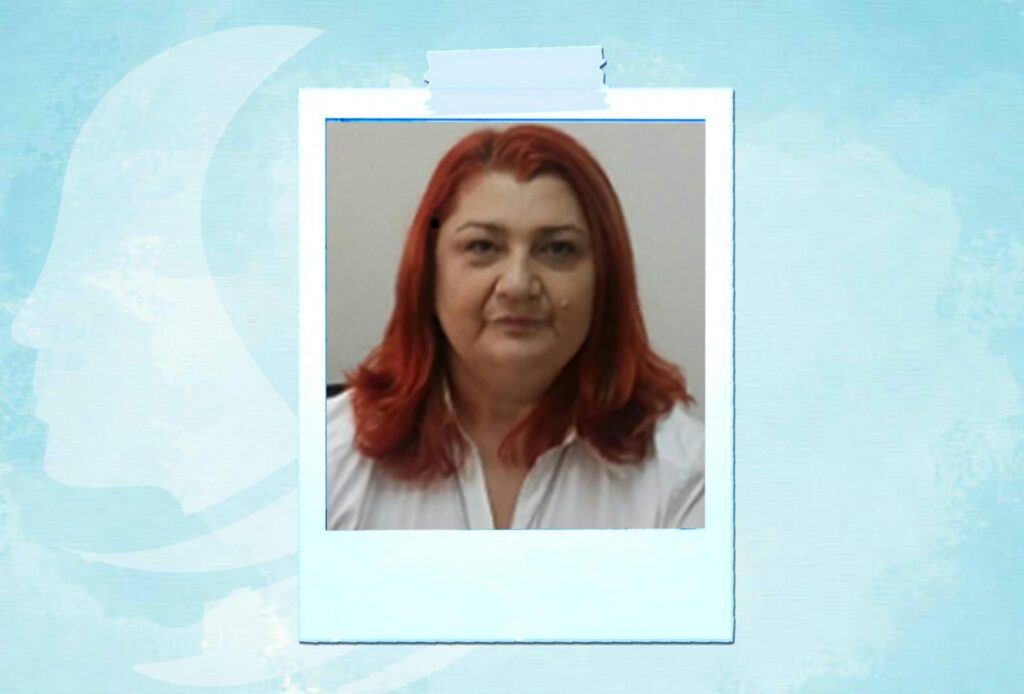Environmental activism is a tool for better quality of life

by Jelena Djokić
Prof. Dr.All the people depend on the environment for their existence. It is important for our safe and full enjoyment of all human rights, including the rights to life, health, food, water and sanitation. Without safe and clean environment, we are unable to have a full productive lives and to reach minimum living standards. There is a clear link between human rights and environment, and it is more and more recognized in the world. It is shown in numerous declarations, international and national laws, research and studies all over the world. Many countries include a right to a healthy environment in their constitutions. There is a clear link between protecting the human rights and protecting the environment. So, if law makers recognize the importance of environment, why we don’t share safe, clean and healthy environment all the time?
For every action there is an engagement. It is not enough to put complicated phrases in the documents and the air, water and soil will be clean and biosphere will be protected. There is much more to be invested: our energy, time and dedication to achieve sustainable future. For the process of engaging people in the environmental protection, not only for the purpose of some ad hock action, but in constant movement for sustainable future, we need positive activism. There are several actions to be taken in the line with positive activism: educate others, protest, do the survey about the issue and share the results, write a letter to the company that pollutes, create a public awareness campaign that includes social media…
In my career, I did the most of the listed actions. I have even written a letter to the company. But at the end of the case I have hit the wall, as there was no understanding of the issue. The results of my observations led me to the beginning of the list: EDUCATION. I dedicated my life to education, in particular teaching environment to all students regardless of their nationality, religion or origins.
In Mitrovica region we live in divided city with many issues in all aspects of our lives. We may speak different languages and celebrate different holidays but we all inhale the same air, we walk on the same layer of fine lead bearing dust on the pavements, we eat vegetables planted at the same soil on the river valley, we drink the same Ibar water, in short words- we share the same environment. We carry the burden of the industrial heritage of Trepca – Mining, Metallurgy and Chemical industry company that had defined our lives in the XX century. On our shoulders there is also one more heritage: total negligence of the environment in the socialism era, and devastation impact of improper land use, urban planning and pure basic infrastructure. All these problems require the actions. A lot to be done, and a lot of young people to be inspired to do it.
The best chance to influence the decision making process when it comes to the environment is participation in public debates and hearings for the programs and projects to be realized in the city. The Municipalities are obliged to announce the hearings in the course of Environmental Impact assessment procedure. Public hearing is a process in the environmental clearance process in which stakeholders can interact directly with authorities and the investors about the concerns regarding upcoming project. Citizens can express objections and opinions, and suggest a changes in order to influence the decision-making process. Public hearing may benefit all: companies, municipalities and community, whereas if ignored it may lead to conflicts and problems for project implementation, acceptability and sustainability.
The public debate is used to inform the citizens about the projects the municipality is planning to implement and those could have an impact to the environment. In some cases, the citizens are not informed, they are not interested, not participating, and at the end, they don’t put any questions or remarks on the proposed project, and yet, when it comes to the project implementation, they see the problem and protest. In these cases, the people are united in protests. There are recent demonstrations against mini hydroelectric power plants, with joint participation off all communities. But, to be more effective, citizens must act before the decision is made. Public participation in sustainability and environmental protection is critically important. This is emphasized in the 2030 Agenda for Sustainable Development, which was obtained by using enormous public participation. More than 7.5 million people from over 190 countries participated in the United Nations’ global online survey on the 2030 Agenda (Fox and Stoett 2016). The need for more complete and more inclusive democratic participation is included in the Sustainable Development Goals (SDGs) themselves: Goal 16 specifically calls for “responsive, inclusive, and participatory and representative decision-making at all levels” (United Nations General Assembly 2015). Public participation can also improve policy implementation by increasing the legitimacy of the decision-making process and, in so doing, reducing conflict.
In order to be engaged, to participate, to have their voice heard, young people must be informed and educated to recognize possible impacts to the environment and organized to raise the awareness and influence the decisions. The decision making process in approving the businesses, projects and development programs and how to influence the decision as citizens and environmental groups is taught in the frame of the Jean Monnet Erasmus+ project as Nature protection and Environmental Impact assessment in EU.
Teaching environment at International Business College Mitrovica was a chance to reach all communities, and start the joint actions in environmental activism. The students started to cooperate in the students’ projects, to communicate outside the classes and to share the same concerns and ideas on how to bring the issues of environment to the public attention. The pedagogical approach applied in teaching environmental management included the case studies in the real world. All the students: Albanian, Serbian, Bosnian, Gorani, Ashkali, Roma, Turks, were going out the classroom, doing investigation, research and coming back with the solutions for the environmental problems. The first joint project that was done together by all students, Albanian, Serbian and minority students was a test to see if young people interested in environment are willing to work together, and to overcome possible problems in communication or pre assumptions linked to the ethnicity. Even though the students used different name for the river that belongs to all of us: Albanian students call the river Ibri, and Serbian students call the river Ibar, the students’ project was done successfully, and they didn’t pay a lot of attention to the toponyms. The river is polluted by the waste waters being discharged from the both sides. There were some attempts to put the blame for polluting to one or another side of the city. Some investigation was done to establish where the plastic bags and other waste hanging on the branches along the river are coming from. The results show that we can’t divide waste on the national basis, nor we can count the polluters based on ethnicity. So, saying that “we” are environmental friendly, and those who are coming from the other side are polluting is simply wrong. Guiding, coaching and encouraging young students to engage in environmental activism is not always easy. In some cases, their ideas were transferred into the projects, sometimes not. Some companies acknowledged their findings and promised to take some steps to improve the situation, some didn’t. But what counts are students’ unity, dedication and countless ideas on how to do things better for their generation. Environmental activism is a tool for better quality of life but also for better understanding and reconciliation in Mitrovica region.
“This op-ed article is made possible by the support of Swedish International Development Cooperation Agency (SIDA), supported by CDF, through its Human Rightivism Program. The contents of this op-ed article is the sole responsibility of the REC – Reconciliation Empowering Communities and D&G Solutions and does not necessarily reflect the views of the Swedish International Development Cooperation Agency (SIDA)”







